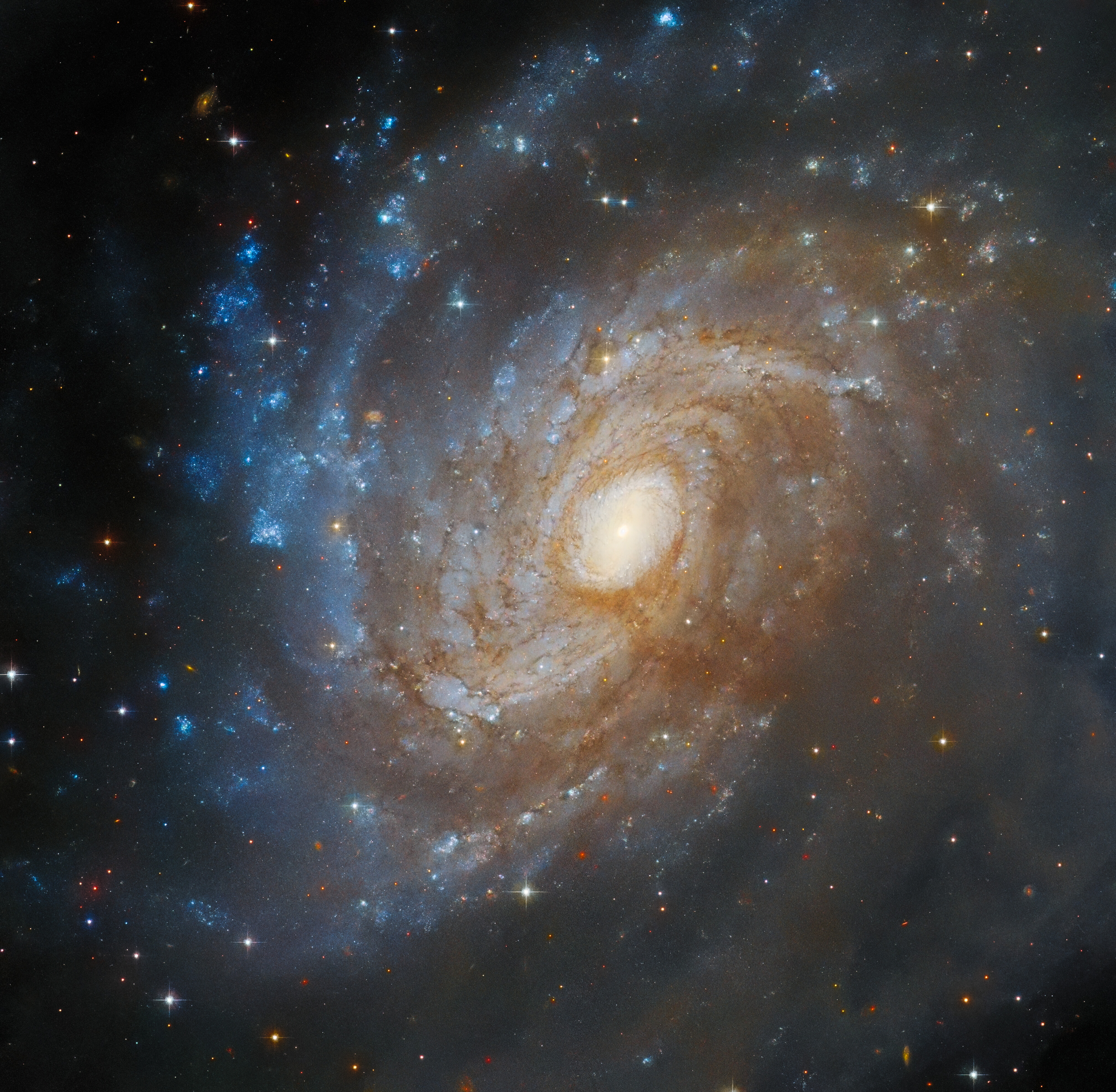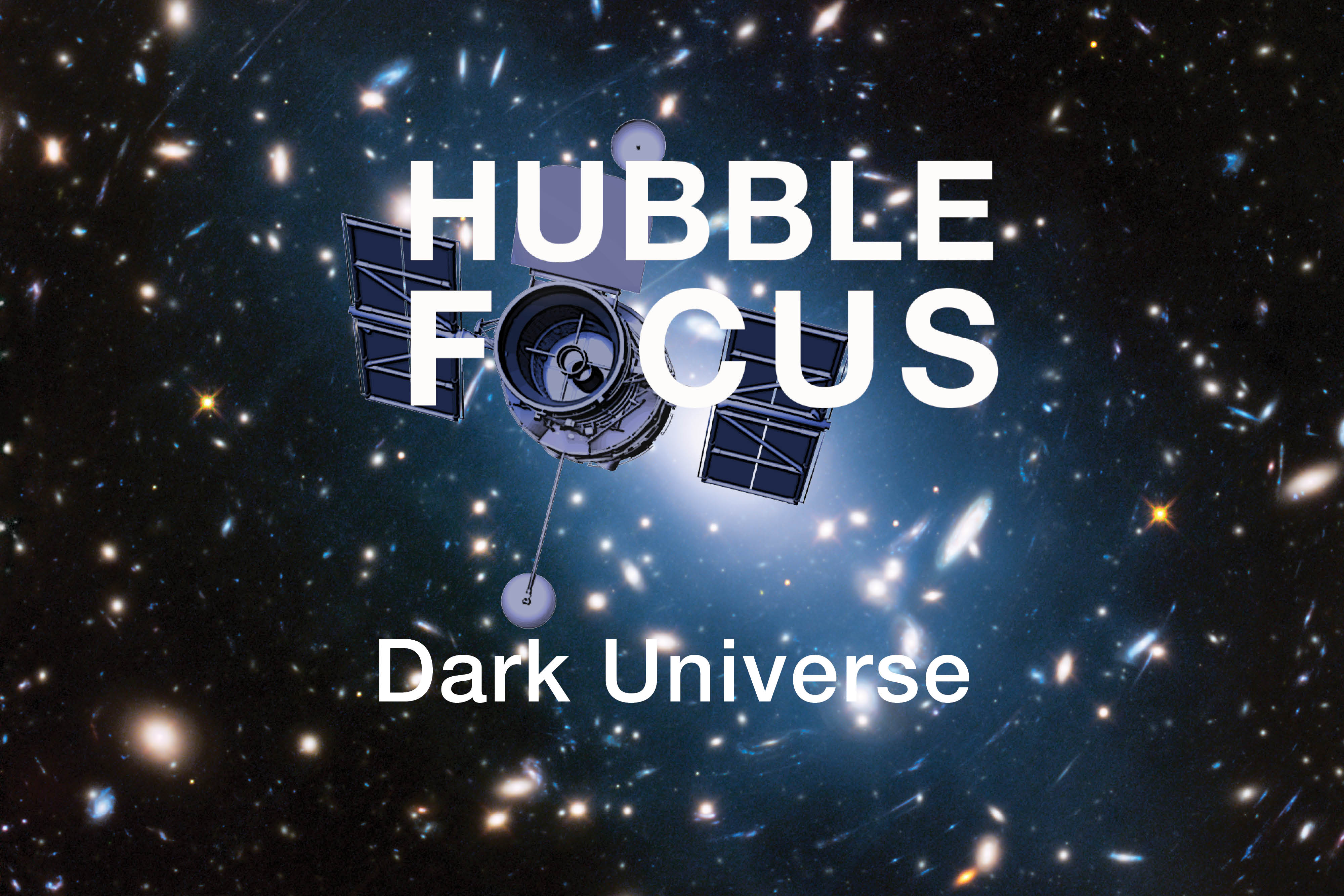3 min read
Galaxies throughout the universe are ablaze with star birth. But for a nearby, small spiral galaxy, the star-making party is almost over.
Astronomers were surprised to find that star-formation activities in the outer regions of NGC 2976 have been virtually asleep because they shut down millions of years ago. The celebration is confined to a few die-hard partygoers huddled in the galaxy’s inner region.
The explanation, astronomers say, is that a raucous interaction with M81, a neighboring group of hefty galaxies, ignited star birth in NGC 2976. Now the star-making fun is beginning to end. Images from NASA’s Hubble Space Telescope show that star formation in the galaxy began fizzling out in its outskirts about 500 million years ago as some of the gas was stripped away and the rest collapsed toward the center. With no gas left to fuel the party, more and more regions of the galaxy are taking a much-needed nap. The star-making region is now confined to about 5,000 light-years around the core.
NGC 2976 does not look like a typical spiral galaxy, as this Hubble image shows. In this view of the oddball galaxy’s inner region, there are no obvious spiral arms. Dusty filaments running through the disk show no clear spiral structure. Although the gas is centrally concentrated, the galaxy does not have a central bulge of stars.
Astronomers pieced together the galaxy’s star-formation story with the help of Hubble’s sharp vision. The galaxy’s relatively close distance to Earth allowed Hubble’s Advanced Camera for Surveys (ACS) to resolve hundreds of thousands of individual stars. What look like grains of sand in the image are actually individual stars.
Studying the individual stars allowed astronomers to determine their color and brightness, which provided information about when they formed. The astronomers combined the Hubble results with a map, made from radio observations, showing the current distribution of hydrogen across the galaxy. By analyzing the combined data, the Hubble research team reconstructed the star-making history for large areas of the galaxy.
The Hubble observations are part of the ACS Nearby Galaxy Survey Treasury (ANGST) program. The map is part of The HI Nearby Galaxy Survey by the National Radio Astronomy Observatory’s Very Large Array in New Mexico.
The blue dots are fledgling blue giant stars residing in the remaining active star birth regions. NGC 2976 resides on the fringe of the M81 group of galaxies, located about 12 million light-years away in the constellation Ursa Major.
The Hubble Space Telescope is a project of international cooperationbetween NASA and the European Space Agency. NASA's Goddard SpaceFlight Center manages the telescope. The Space Telescope ScienceInstitute conducts Hubble science operations. The institute is operatedfor NASA by the Association of Universities for Research in Astronomy,Inc. in Washington.







